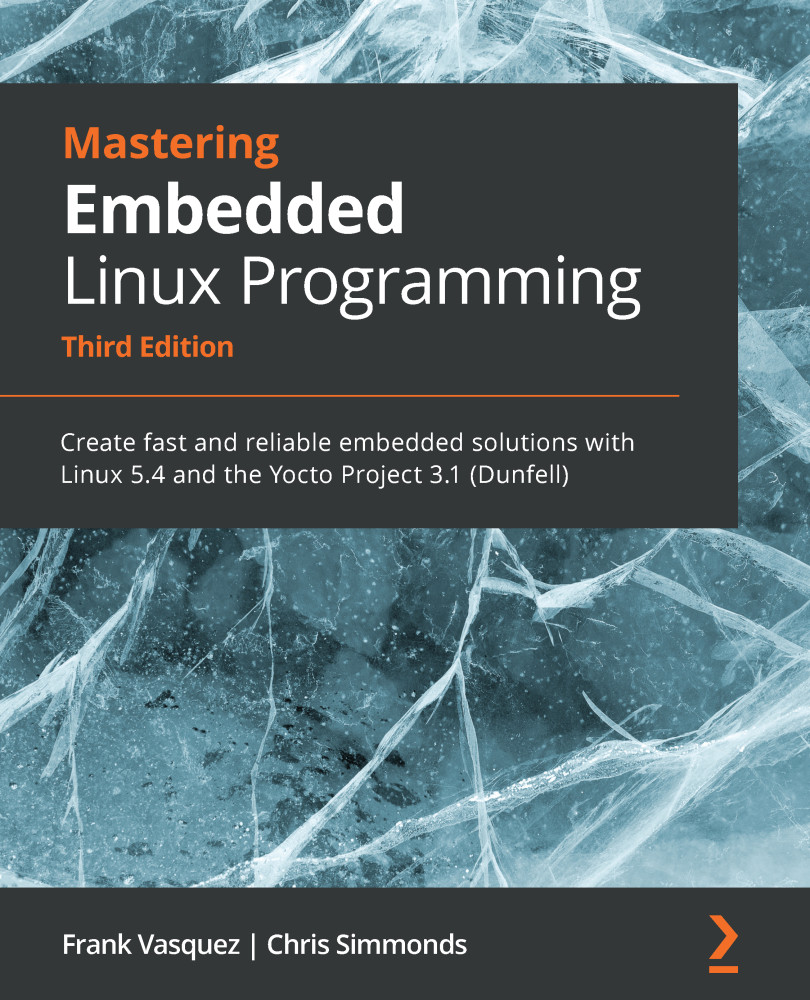Debugging applications
You can use GDB to debug applications in one of two ways: if you are developing code to run on desktops and servers, or indeed any environment where you compile and run the code on the same machine, it is natural to run GDB natively. However, most embedded development is done using a cross toolchain, and hence you want to debug code running on the device but control it from the cross-development environment, where you have the source code and the tools. I will focus on the latter case, since it is the most likely scenario for embedded developers, but I will also show you how to set up a system for native debugging. I am not going to describe the basics of using GDB here since there are many good references on that topic already, including the GDB user manual and the suggested Further reading section at the end of the chapter.
Remote debugging using gdbserver
The key component for remote debugging is the debug agent, gdbserver, which runs on the target and...






































































